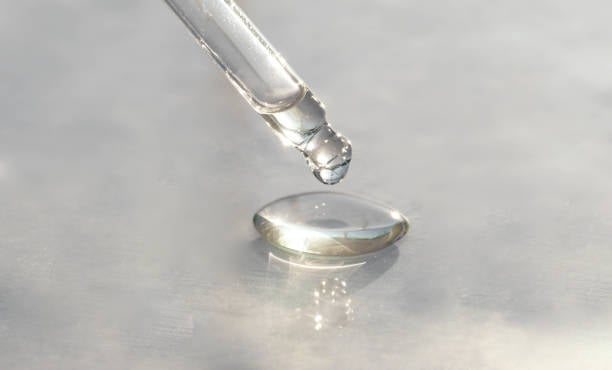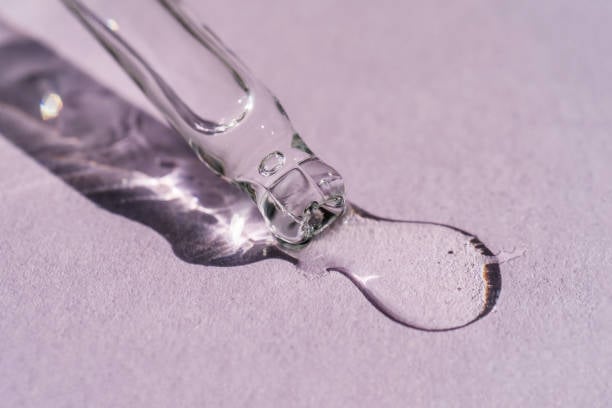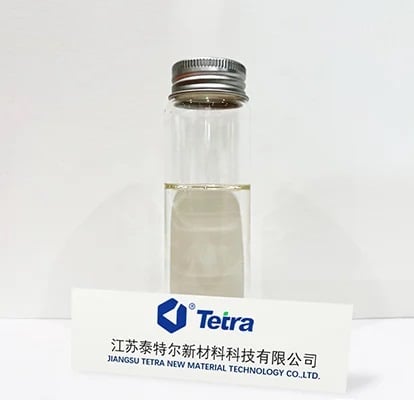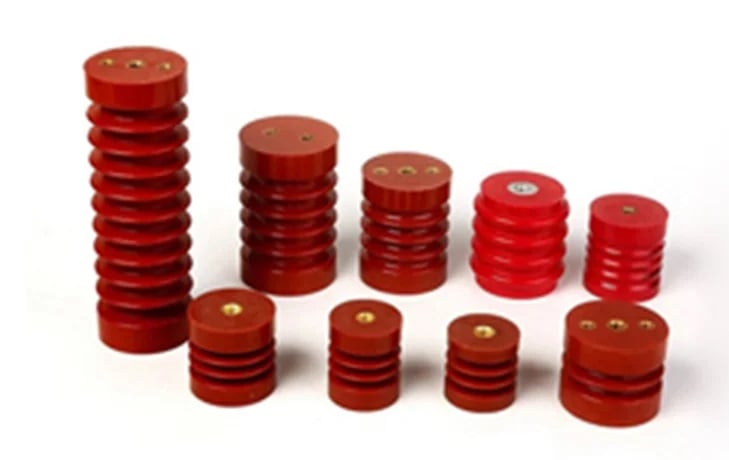Cycloaliphatic epoxide refers to a class of low molecular weight compounds containing both a saturated carbon ring (cycloaliphatic structure) and epoxide functional groups. A common example is 3,4-epoxycyclohexylmethyl-3',4'-epoxycyclohexane dicarboxylate (ERL-4221), which is widely used in the formulation of photosensitive resins, potting compounds, and UV-curable systems.
These compounds are characterized by:
The absence of aromatic rings,
Lower internal stress,
Superior anti-yellowing properties,
Excellent dielectric performance.

Cycloaliphatic epoxides are often used as base monomers to synthesize higher molecular weight epoxy resins or directly participate in curing reactions as functional components.
Cycloaliphatic epoxy resin is a thermosetting polymer material made from one or more cycloaliphatic epoxide monomers, either through polymerization, chemical modification, or formulation blending. Unlike traditional bisphenol A-type epoxy resins, cycloaliphatic epoxy resins contain no aromatic rings, making their molecular structure more compact and enhancing properties like:

Thermal aging resistance,
Optical clarity,
Electrical insulation.
These resins are highly suitable for UV curing, electron beam (EB) curing, and high-frequency, high-speed electronic packaging. Applications include LED encapsulation, optical communication devices, and high-voltage potting systems.

| Aspect | Cycloaliphatic Epoxide | Cycloaliphatic Epoxy Resin |
|---|---|---|
| Molecular Structure | Small molecule or oligomer, high reactivity | Engineered polymer, forms dense and stable cross-linked network |
| Functional Role | Raw material or precursor in resin systems and photopolymers | Final application material used in structural and insulating parts |
| Curing Behavior | High reactivity, ideal for rapid photo-curing | Tailored curing for mechanical strength and durability |
| Application Focus | Mainly used in formulation of UV systems and composite precursors | Applied in LED packaging, electrical insulation, and coatings |
As electronic devices continue to evolve toward miniaturization and high-frequency operation, cycloaliphatic epoxy materials are gaining attention for their:
Low dielectric constants,
High thermal stability,
Halogen-free and environmentally friendly properties.

Whether as a reactive monomer (cycloaliphatic epoxide) or as a high-performance polymer (cycloaliphatic epoxy resin), these materials are poised to play critical roles in next-generation insulation systems, optical encapsulants, and green-curing coatings.